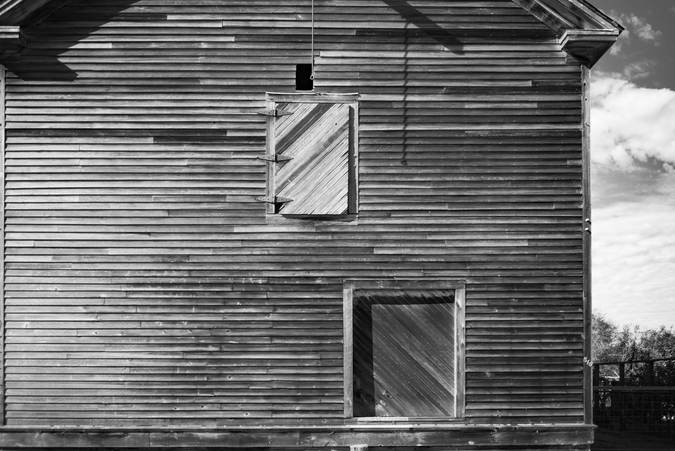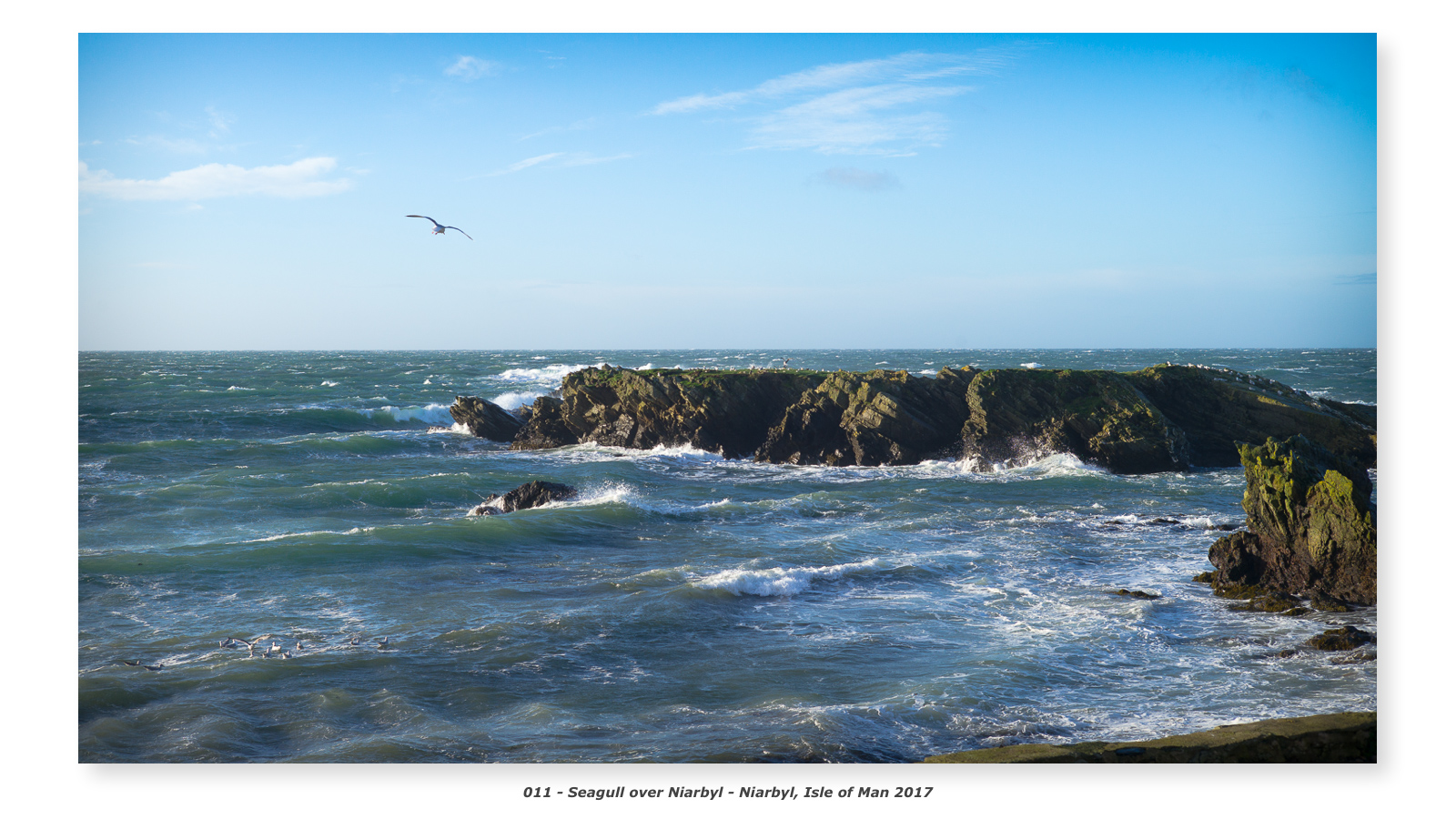I don't have an MD, but I've read this thread and appreciated the work with a particular mindset. Now, I ride bicycles as much as I can, just love it. The mindset I mention is how I regard fixed gear riders ... with a mixture of awe and admiration. Minimal equipment, maximum output. Bravo, MD users!
I dunno about fixies and riding them on the street ... Not for me, I'm too old for that kind of stuff. I do cycle nearly every day, typically between 10 and 20 miles, but my obsession is to ride the street with a nicely tailored Fatbike.
😀
I do carry a camera with me on the bicycle more and more ... it switches off between a Polaroid SX-70, the Leica M-D, the Light L16, and the Leica CL depending upon my mood and what I'm after on a given day. I find I only stop to make one or two photographs on a ride, typically. And when I'm cycling, I'm even more extremely minimal about what I'm carrying than when I'm doing a walkabout ... weight and bulk are anathema.
Personally, I don't see much different about using the M-D vs using nearly any other camera. I rarely "chimp", in fact I rarely change any settings much other than focus. As I've said before in the thread, it's just a very nice camera to me, and not very different from cameras that I've been shooting with since 1968. That's what I like about it.
🙂
(BTW: thank you for the nice compliment rhl!)
The mention of the M10-D in the context of the M-D is interesting. I was kind of annoyed about what Leica did with the M10-D, considered as a follow-on to the M-D, until I realized something which I think is essential: It's not supposed to be a camera in the same minimalist notion at all! The M-D, and the Millennium Edition 60, were minimalist in the sense of trying to honor the introduction of the M3 back in 1954 ... the ME60 proved very successful as a limited commemorative set but a lot of folks (like me) didn't want to pay the commemorative premium for the box set with special finish, etc. Leica recognized that and produced the M-D as a limited edition for us, a very minimalistic model but with standard production finish, neck strap lugs, etc.
The M10-D is a different take: It's a full featured M10 that gives the handling feel of the minimalistic camera in use by offloading the LCD and button controls/ configuration options to a smart phone. Considered from that perspective, it gives some nice pluses to the user who wants the in-use feel and handling of the M-D but also wants to be able to use an EVF, get JPEGs out of the camera, and so forth. It has some limitations, of course, since you have to manipulate its configuration with a separate device, but if you have occasional need only for the EVF or whatever, and want the M-D's handling, it seems an interesting alternative.
Whatever... I'm totally happy with my M-D and have no desire to change it for anything else. If I get a very big windfall anytime, then I'd consider adding an M10-D to my kit for the new sensor, the better viewfinder, and the EVF access ... but I doubt that is going to happen.
G






